The ship may have been deliberately sunk by Poland in 1939 to prevent it from falling into the hands of the invading Nazi-German forces.
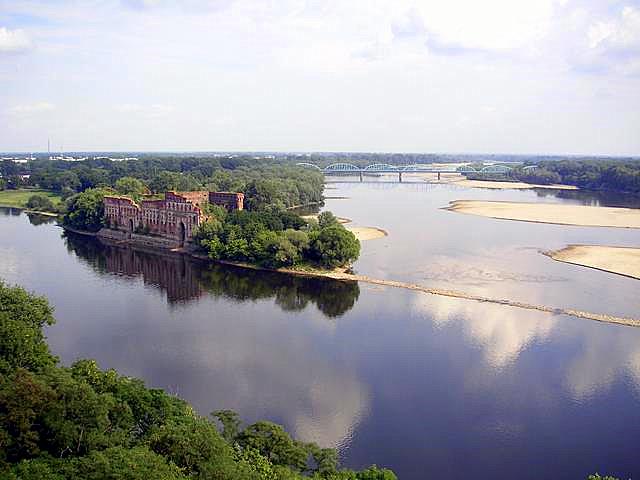

The ship may have been deliberately sunk by Poland in 1939 to prevent it from falling into the hands of the invading Nazi-German forces.
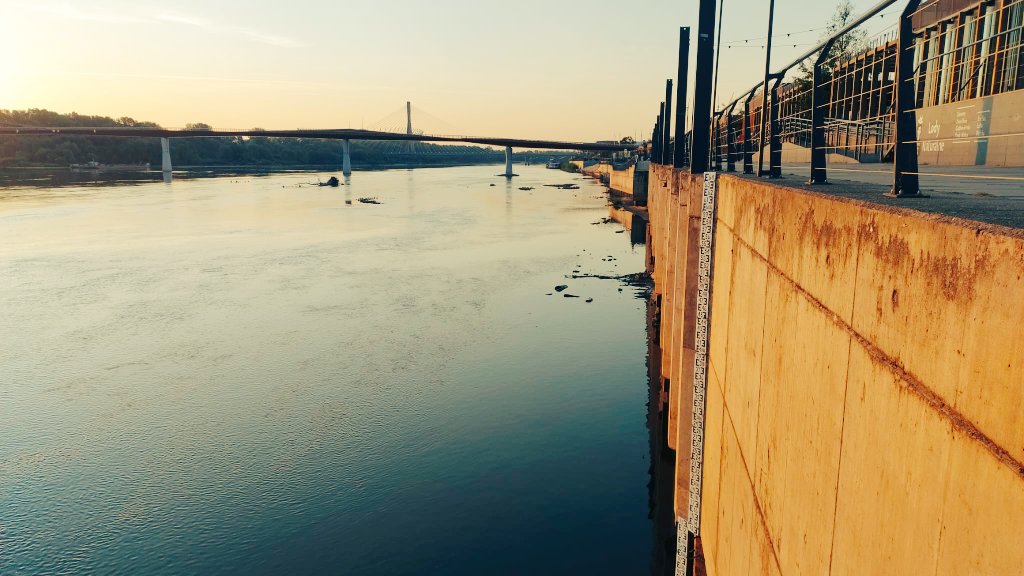
The level is forecast to drop further in coming days amid continued warm, dry weather.
We are an independent, nonprofit media outlet, funded through the support of our readers.
If you appreciate the work we do, please consider helping us to continue and expand it.

Meanwhile, a Polish government official has accused Germany of spreading disinformation.

“One of the largest ecological disasters in recent European river history” should be a “wake-up call”.

Wojciech Kość
The government claims that the poisoning was a catastrophic but natural occurrence.

The deputy minister suggested that Germany is exploiting the crisis to hinder planned Polish investments in the river.

“This is not just an environmental disaster, it is a disaster of the Polish state,” says an activist.
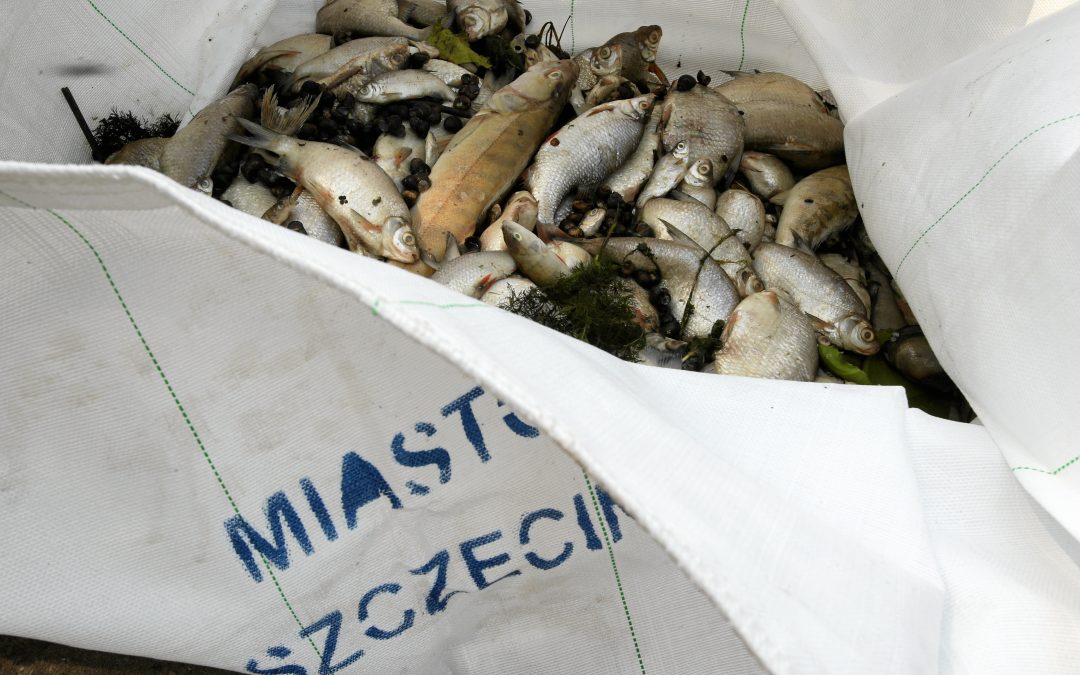
The Polish province where the Oder flows into the Baltic Sea has reported a further “deterioration”, with new cases of fish die-offs.

The ban on fishing is causing businesses and fisherman losses of thousands of zloty every day.
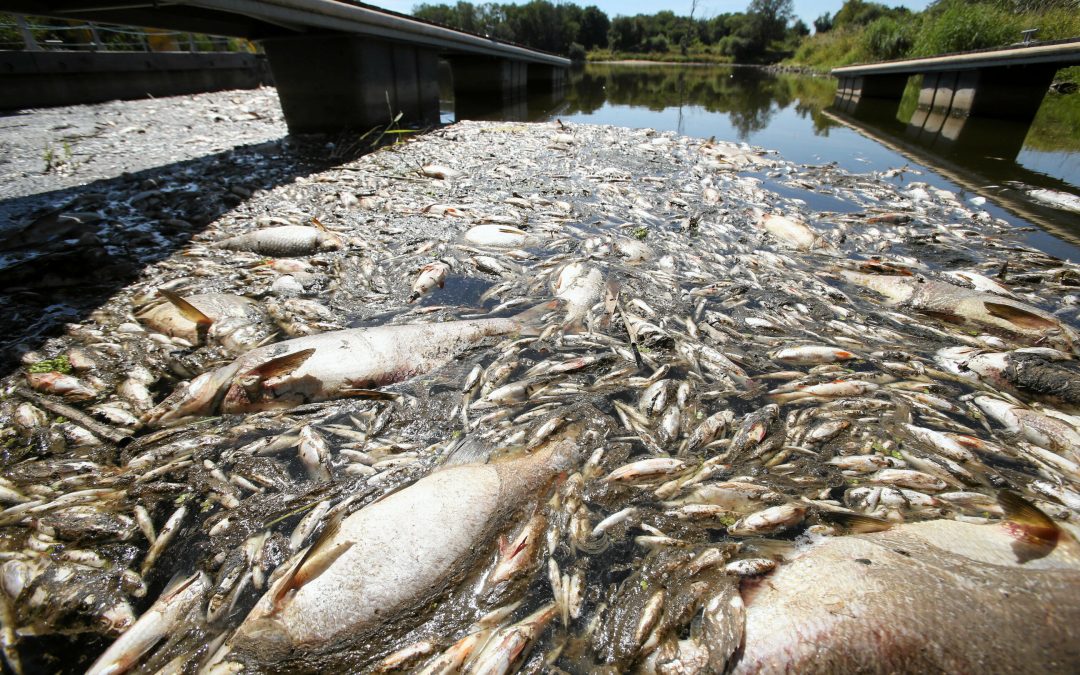
Wojciech Kość
Over 80 tonnes of dead fish have so far been found.

“I’ve never seen the river in such bad condition,” says a local angler. “The water is brown and smelly, it looks like sewage.”

A deputy climate minister called the pollution from the German-owned tannery “appalling” and warned that it “cannot go unpunished”.
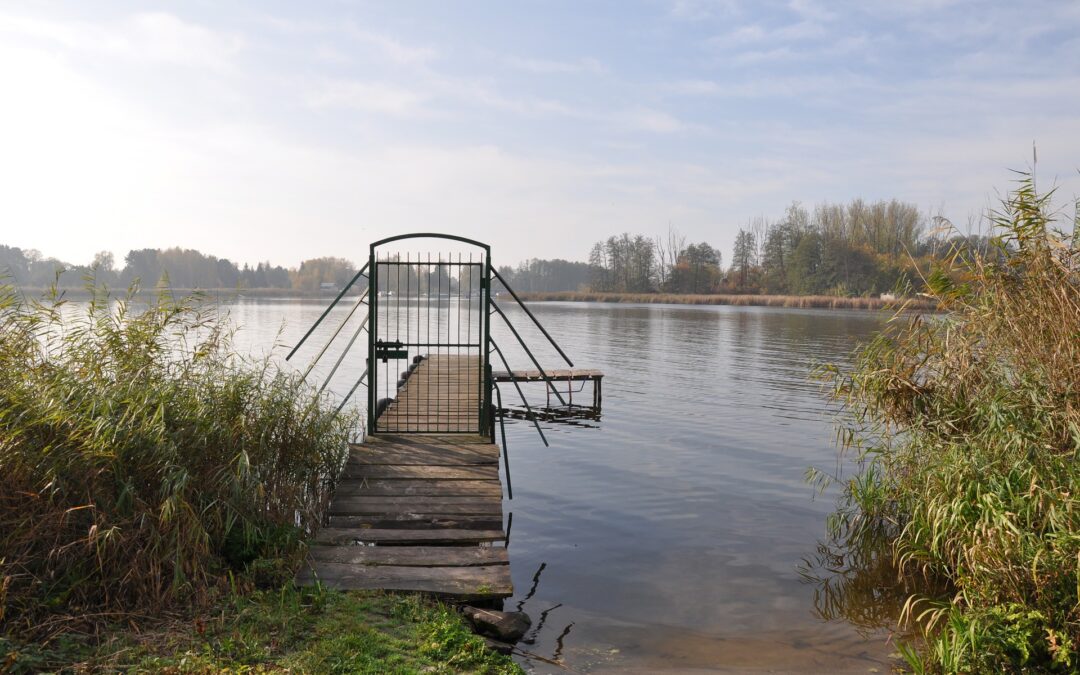
The death toll on the Polish side of the border is now at least seven.
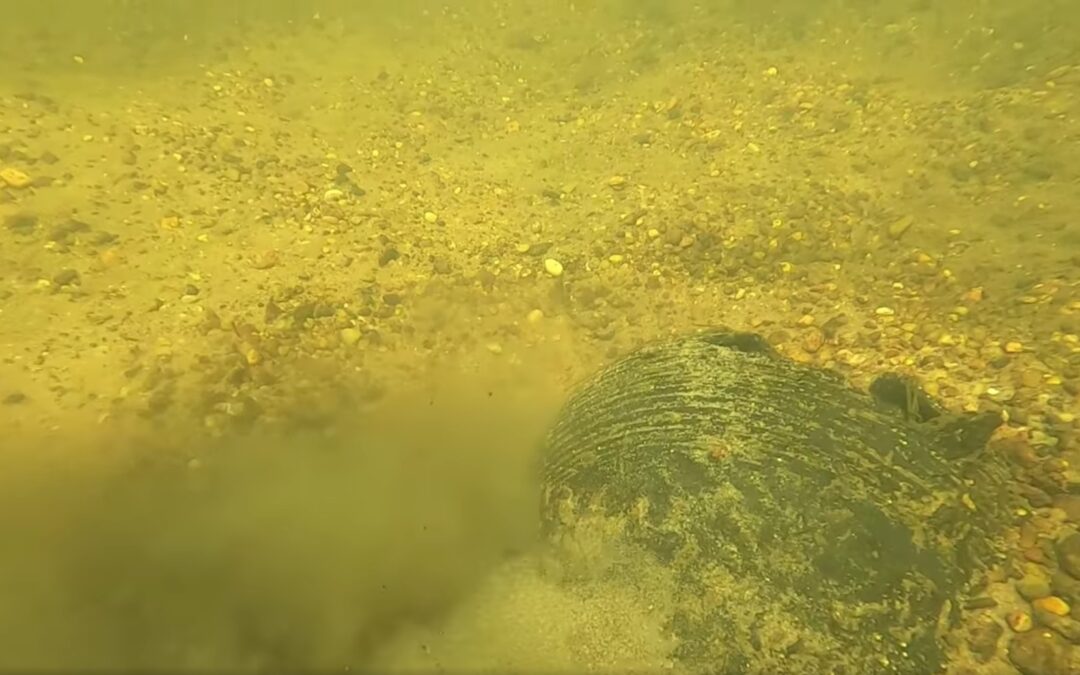
The oldest artefacts are three thousand years old.